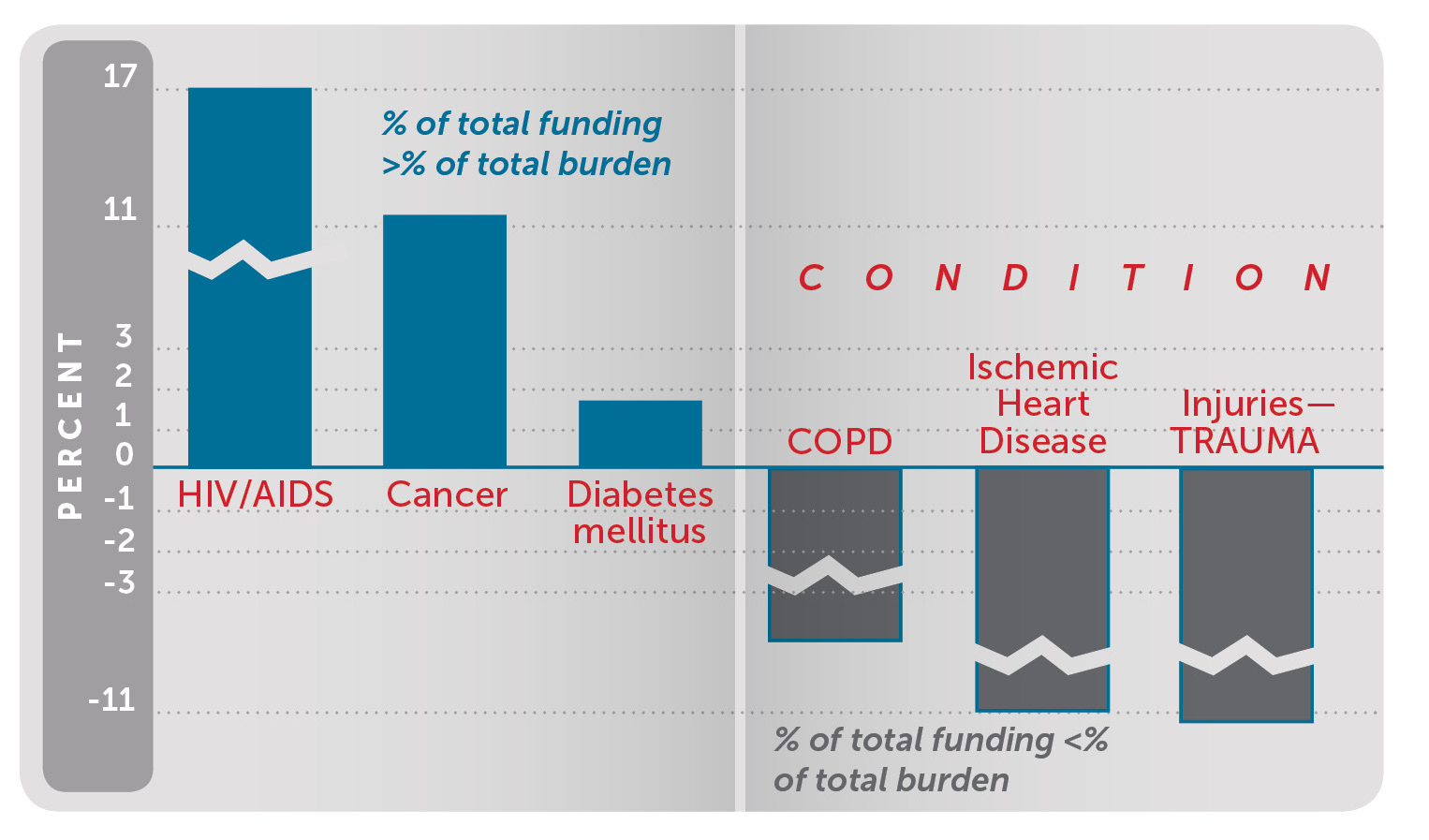The Toll of Trauma
Trauma is defined as a bodily wound or shock produced by sudden physical injury, such as that from violence or an accident, including vehicle crashes, severe falls, gunshots or knives, blunt force, blasts and burns. Trauma is uniquely defined by the severity and location of the injury.
It’s clear that traumatic injury takes an extraordinarily heavy toll across our society, following cancer and heart disease as the third most expensive category of medical treatment. Yet, relative to the research support provided for other conditions, trauma remains considerably underfunded. Despite 50 years of reporting on the consequences of underfunding, Trauma remains a major public health problem without a consistent research funding mechanism.
Since 2014, CNTR members have worked together to increase the impact of our individual efforts to generate funding for clinical trauma research.

